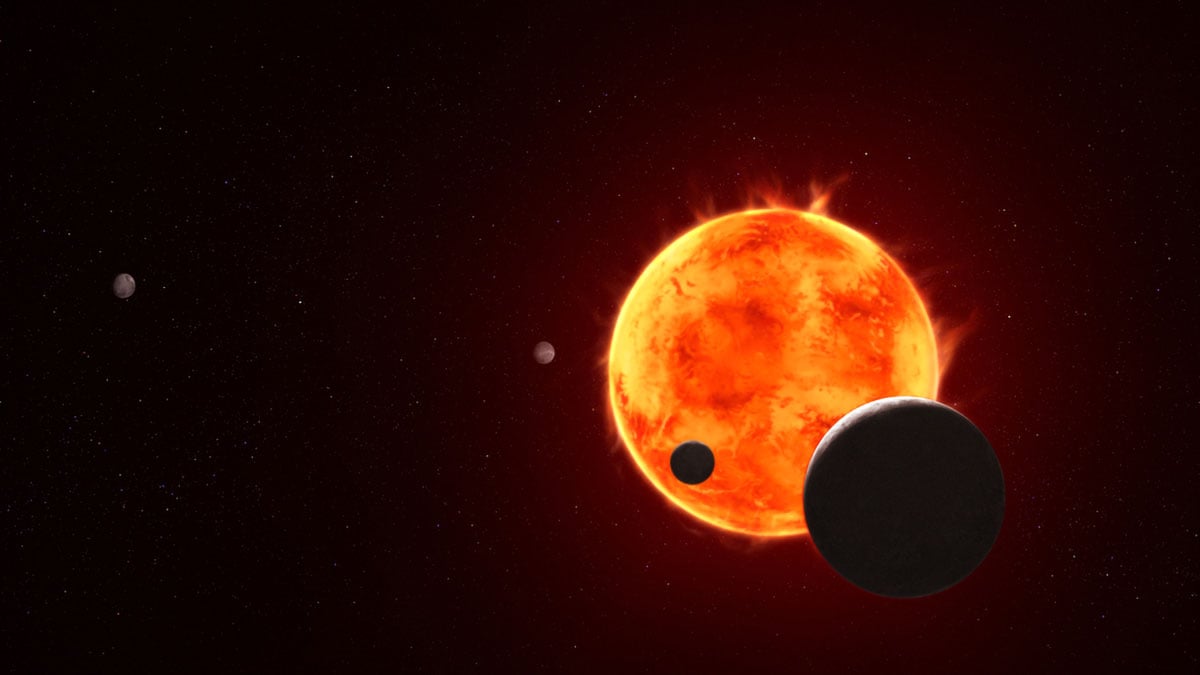The James Webb Space Telescope has made a groundbreaking discovery, providing new insights into TRAPPIST-1e, an exoplanet located 40 light-years from Earth. This Earth-sized planet, part of the famous TRAPPIST-1 system, has been a prime candidate in the search for extraterrestrial life due to its location in the habitable zone, where conditions could allow liquid water to exist.

Key Findings from Webb
Recent observations reveal that TRAPPIST-1e shows no signs of its original, primary atmosphere. This finding might sound discouraging, but there is a silver lining. The planet still offers hints of a secondary atmosphere, potentially formed from volcanic activity or other geological processes. Such an atmosphere could help regulate surface temperatures and make the presence of liquid water possible.
Astrophysicists Offer New Perspectives
Astrophysicists at the University of Bristol have played a crucial role in these discoveries. Their research helps us better understand how exoplanets evolve and what conditions might support life. The possibility that TRAPPIST-1e retains a secondary atmosphere keeps hope alive for finding habitable environments beyond our solar system.
Sources:
Source